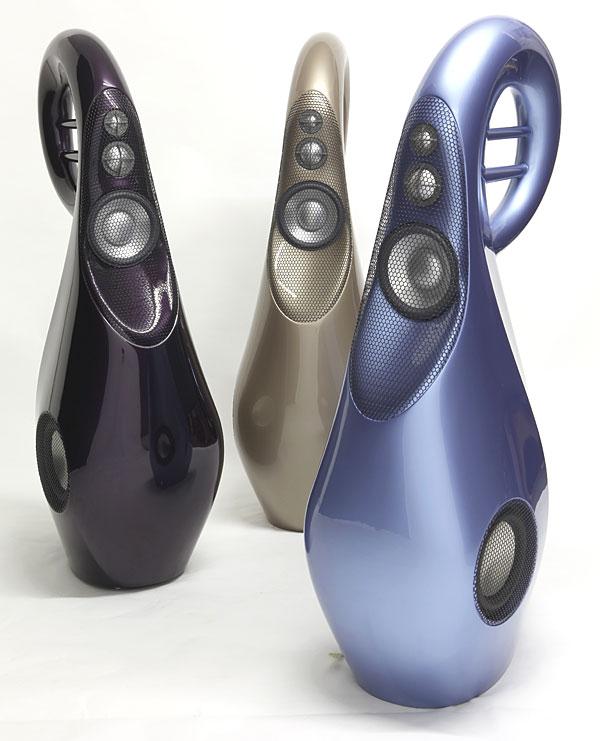The problems with slim floorstanders that RE Greene identifies don't contradict the need for smooth off-axis response. Given two slim floorstanders, the one with the the smoother off-axis response (all else being equal) will no doubt be preferred. But smooth off-axis response isn't the whole story. Where the baffle step lies is another factor, for example.Isn't Harman's spinorama confirmed in multiple tests to reflect what we hear and what we like?
In listening tests, as RE Greene points out, even professionals get used to a particular sound. This is one element of the "circle of confusion". As he points out, "detail" or "transparency" can be seductive but wrong. It starts off sounding good, perhaps, but over time, the sound wears you down and you go out looking for your next speaker. I don't see why the Harman tests should be immune from this, and nor do they address all rooms, all speaker placements, all types of music, all volume settings, etc.
RE Greene is trying to circumvent all that by suggesting a reason why all the FR measurements, target curves etc. never seem to add up to a consistent story. It's necessary to do it by reasoning alone, not random trials and feedback from measurements. And that's what the Grimm people were doing, too.

